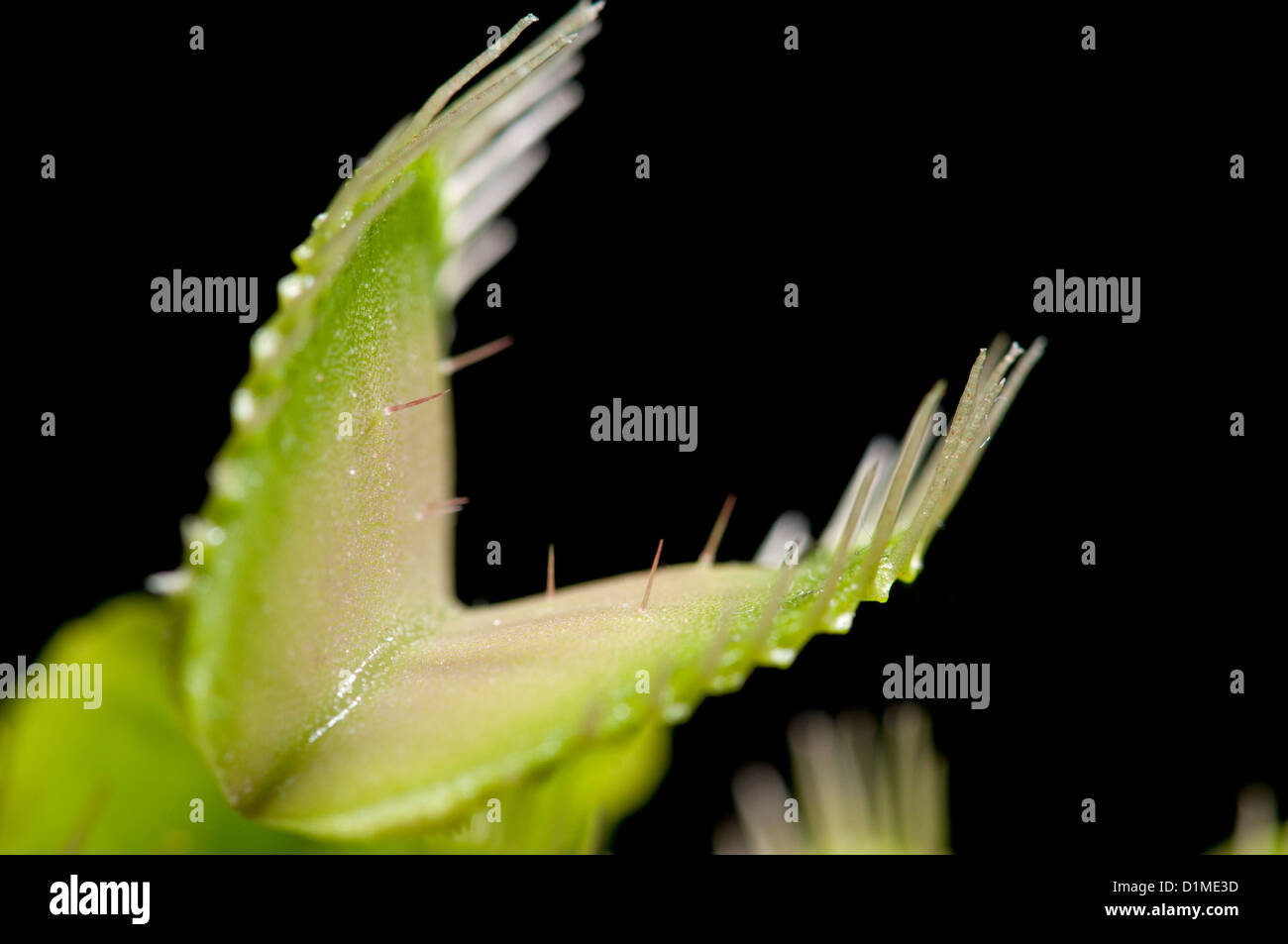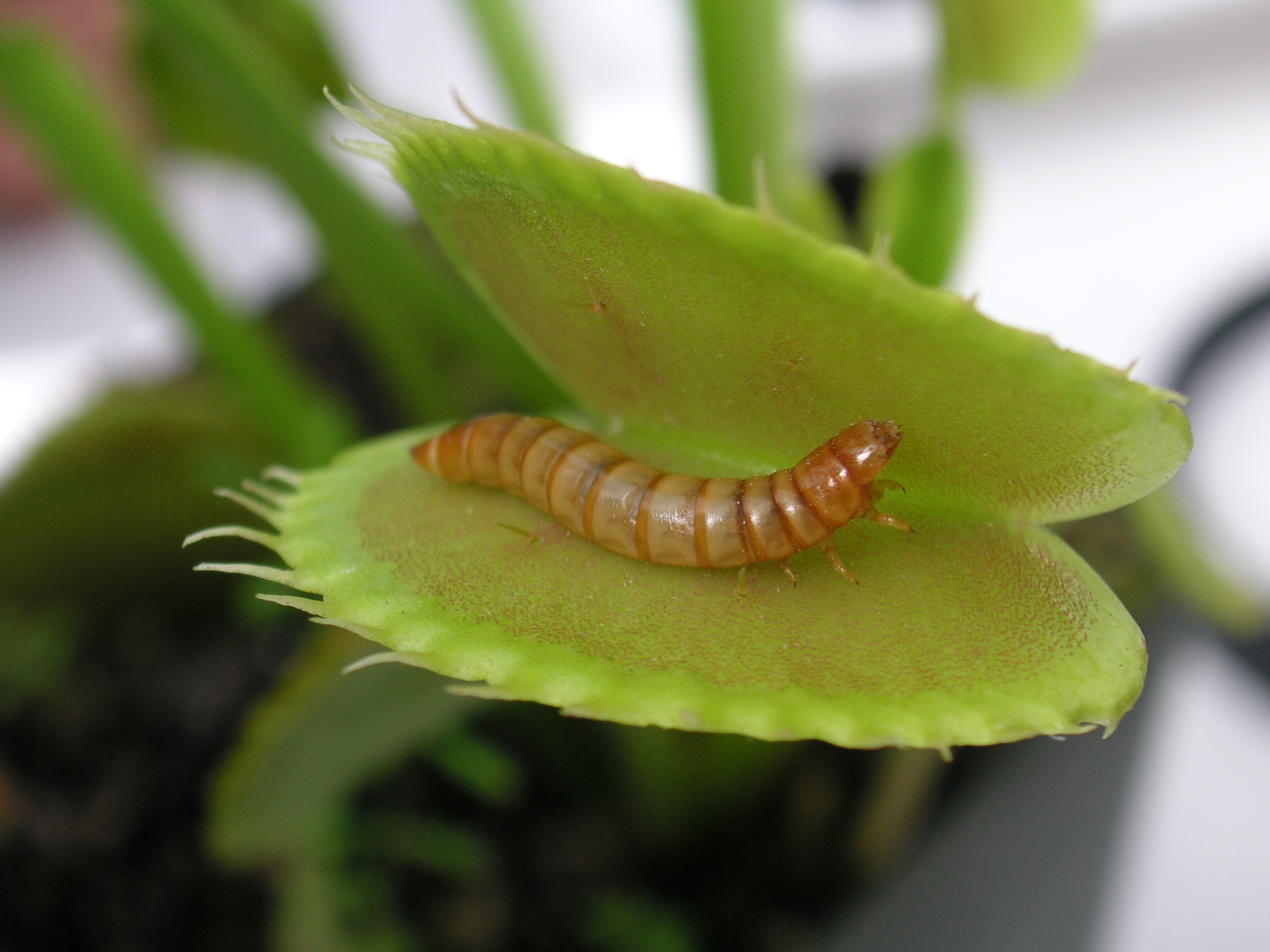When an insect touches the hairs of a venus fly trap it triggers the plant to close trapping its victim before killing and dissolving it in acid

When an Insect Touches the Hairs of a Venus Fly Trap, Nature Unleashes a Deadly Mechanism

Photo by Alamy
Native to the Southeastern United States, the Venus Fly Trap (Dionaea muscipula) is a fascinating and remarkable plant that has captivated botanists and nature enthusiasts alike. The mesmerizing characteristics of this carnivorous plant lie within its jaw-like leaves, which function as deadly traps for unsuspecting insects. Let’s delve deeper into the intriguing mechanism behind this extraordinary predator.
The Trigger Mechanism
At first glance, a Venus Fly Trap’s leaves may appear harmless, resembling green appendages with tiny sensitive hairs. These delicate hairs, known as trigger hairs, are the key to the plant’s deadly trap. When an insect makes contact with one of these fine hairs, the plant’s rapid response system is activated, triggering a chain of events.
The Capture
Upon stimulation, these trigger hairs send an electrical signal throughout the Venus Fly Trap’s leaves. These electrical impulses propagate to specialized cells called motor cells, located in the trap’s midrib. The response is incredibly swift, with the trap closing in a matter of milliseconds, trapping the unsuspecting prey inside.

Photo by Muerto / Wikimedia Commons
The Enzymatic Digestion
Once ensnared, the Venus Fly Trap initiates a highly efficient digestion process. The inner surface of the trap secretes a mixture of digestive enzymes, which envelops the prey and aids in breaking it down. These enzymes dissolve the insect’s soft tissues, allowing the plant to extract vital nutrients such as nitrogen, phosphorus, and potassium from its prey.
The Aftermath
As the trap digests its meal, it slowly reopens over the course of several days. Once the plant has fully absorbed the nutrients, the remains of the insect are released, leaving behind a perfectly clean trap, ready to capture its next victim.
It is truly remarkable how the Venus Fly Trap has evolved to thrive in nutrient-poor environments by employing such a unique and efficient means of obtaining sustenance. This predatory plant serves as a reminder of the extraordinary diversity and complexity of the natural world.
Note: This article is purely informative and does not endorse the collection or disturbance of Venus Fly Traps in their natural habitats.
Sources:
Tags
Share
Related Posts
Quick Links
Legal Stuff

